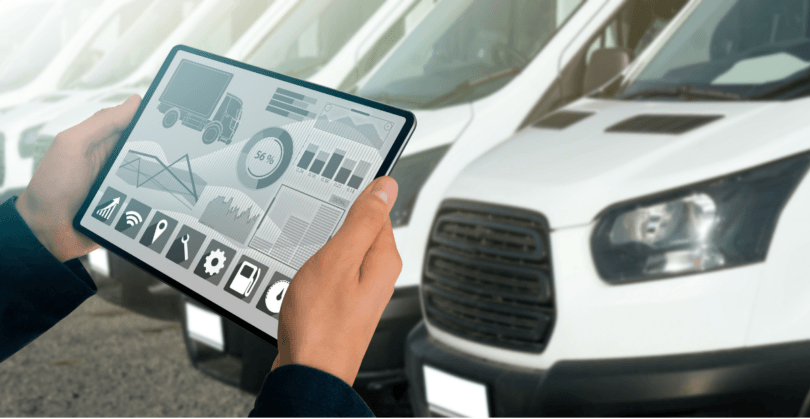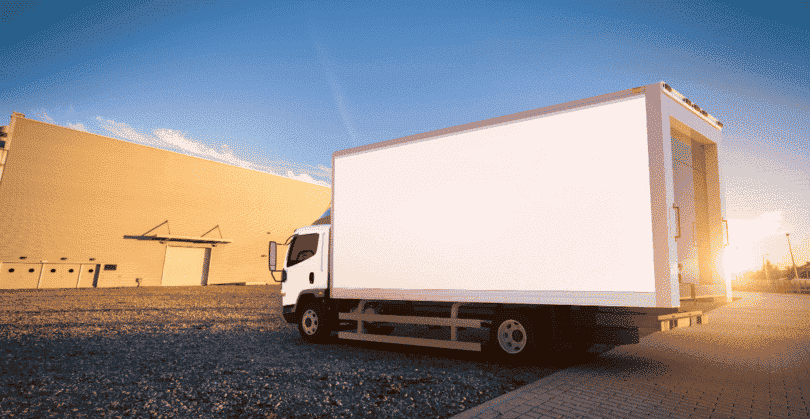3. Data, or what will I get out of it?
Telematics systems, although at first glance very similar because they are designed for the same purposes, differ. Some are more functional, others less so. Some use software or hardware from third-party producers (we will come back to this in the next paragraph), others bring everything they need with them. And above all, some offer to monitor fundamental indicators, while others can do much more, despite the same costs. So it is worth asking what the system can do to know what data can be obtained. It’s also important to realize that less, in this case, is not more, and minimalism is not a valuable feature. If you can get more information at the same or similar price, you should use this option. Even if today you have no idea how you could use some of the data offered by the system, remember that tomorrow, your company may develop, and the reality may change. When your competitors will try desperately to adapt to the new situation, you will be ready.
- What is this invoice for – hidden costs
The payment system should be clear, no matter how it looks – whether it is a one-time payment or a subscription form. Either way, in many cases, you may encounter hidden costs that the sales representative will not mention at meetings and only become apparent after signing the contract. Their form varies greatly, so keep your eyes and ears open and stay focused. First of all, ask if the system offered by the provider does not require additional investments in hardware or software from external manufacturers. To properly connect the module in your trucks, it may turn out that you need to buy another element. It may also be the case that to use the system, it is necessary to purchase a license or subscription to additional services of other producers on which the software is based. This should not be the case – the pricing must consider all your costs and preferably without paying additional invoices.
- We haven’t done this before – experience
Do you have 50 vehicles that you would like to equip with telematics, and the supplier you are talking to has worked with small fleets of up to 5 vehicles so far? It doesn’t have to be, but it can be a problem – with many software, you can’t scale it from small to a large app without compromising on functionality or performance. In other words, some programs may not be able to withstand the volume of traffic if they are designed for smaller fleets. Sometimes, for technical or security reasons, the software has a limitation in the number of users or active accounts. Keep this in mind when choosing a telematics provider. The more experience he has, the larger the portfolio of successful projects similar to your needs he can present, the greater the certainty that you will also be happy from this investment. By the way – pay attention to one more thing: whether the system manufacturer works with companies in your industry. After all, if you want to equip your construction machines with telematics, you won’t necessarily want to experiment with the car-sharing system, right?
- Who does it and where: programmers
This point may seem strange to you, but it is very important from a technical support point of view – ask your vendor who is working on his software. If these are employees of his company, wherever it is – great. However, be careful if the company outsources their programming and external companies or contractors create its software. In this case, obtaining technical assistance in the event of a failure may be difficult because the hotline or support staff may not have access to the documentation they would have if people who wrote the program from scratch were working in the next room.
- I can only check it from behind my desk, that is, mobile solutions
We probably don’t need to remind you, but just in case: in the reality of the first half of the 21st century, mobile solutions are an absolute necessity. We are not just talking about mobile apps that drivers can use on their smartphones or tablets on the road. We also mean remote access to data and the possibility of redirecting alerts from the system to the phone or e-mail. After all, you wouldn’t want to find out about weekend problems with an important cargo until two days after the fact, when you show up at your desk after the weekend?
- Nothing is leaking from my company, i.e. data security
You may not realize it, but the telematics systems of fleets are full of information that should not fall into the wrong hands. After all, there are data of drivers, vehicles and contractors, and even information about where the driver spent the night during a long route. It is not only about decency, but about the law too – some of this information is legally protected, inter alia, by the famous GDPR, but not only. In many cases, your competitors can easily use data about your company or the cargo you are carrying that belongs to your customers. Therefore, telematics systems simply have to be safe. All acquired and stored data must be properly secured, and the system itself must also be resistant to physical manipulation with modules installed in vehicles. Only then will it be possible to say that the indicators obtained through them are reliable and do not fall into the wrong hands. So make sure your prospective telematics provider puts the right emphasis on this.
 EN
EN
 ES
ES LT
LT PL
PL BR
BR UA
UA MX
MX

